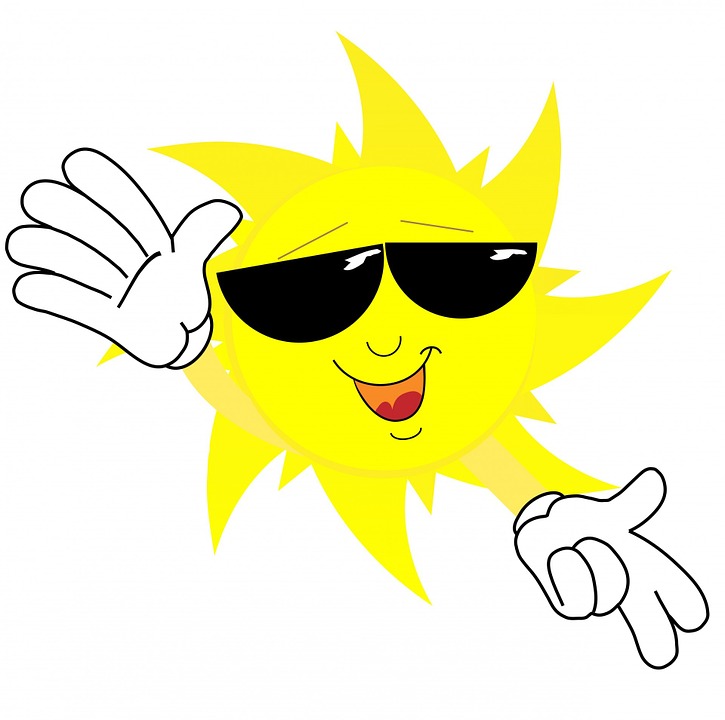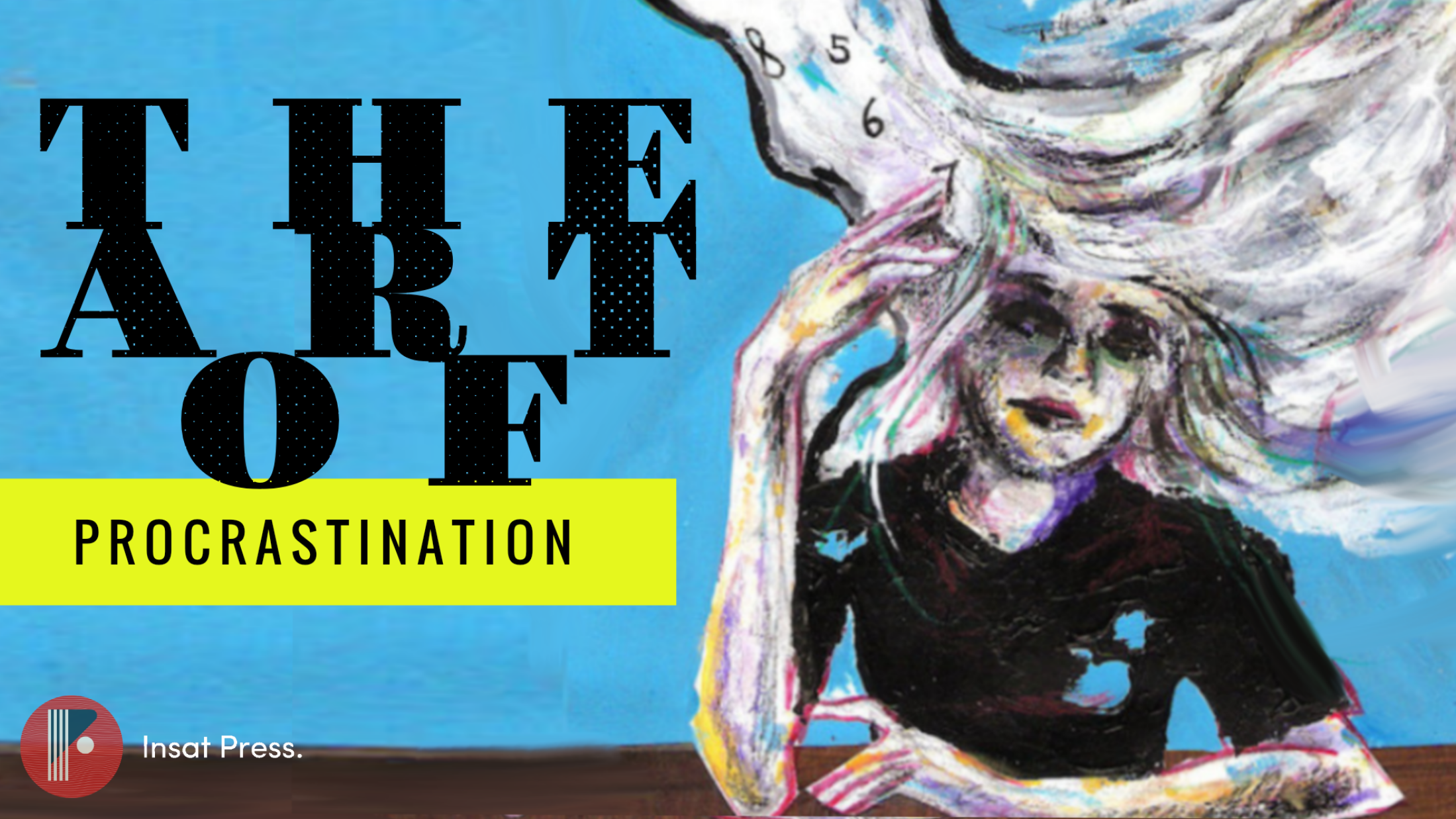Astuces
Astuces de grand-mère | La protection contre le soleil
Published
7 ans agoon
[simplicity-save-for-later]
Le mois d’Août fait son entrée et avec lui les longues expositions au soleil, les baignades durant la canicule et j’en passe. C’est donc la période durant laquelle on utilise le plus de crèmes solaires. Mais sont-elles réellement nécessaires? Peut-on se protéger naturellement du soleil sans produits chimiques? Le soleil est-il si mal que ça? Et si j’ai une peau de couleur ou bronzée, suis-je plus protégé(e) du soleil?
- Les types de rayons UV:
Pour comprendre tout cela, il faut d’abord comprendre les effets des UV sur notre peau.
Le soleil diffuse durant toute la journée trois types de rayons UV: (1)
- Les UVA: qui sont dits moins énergétiques, sont ceux responsables du vieillissement cutané prématuré. Ils pénètrent plus profondément la peau, sont responsables en partie du cancer de la peau, et n’ont pas d’effets visibles immédiats.
- Les UVB: ce sont ceux qui nous font bronzer. Eux aussi provoquent le cancer de la peau. Ce sont ceux responsables de nos coups de soleil.
- Les UVC: beaucoup moins connus car filtrés naturellement par la couche d’ozone. On ne s’en préoccupe donc pas.
2. Comment fonctionne la protection solaire des écrans :
Les crèmes solaires vendues dans le commerce offrent une protection contre les UVA et les UVB. Leur degré de couvrance varie selon leur SPF (Sun Protection Factor). Il s’agit du nombre d’expositions au soleil moyen pour atteindre les dommages sans couvrance. Donc pour un SPF 30, par exemple, vous avez 30 fois moins de chance de vous cramer que si vous vous exposiez tout cru, la face en premier vers les UVs.
C’est bien beau tout cela, mais vous allez me dire que votre cousine, ou je ne sais pas qui, a bien bronzé en utilisant du SPF 50 ou 50+. Est-ce que ça veut dire qu’elle a une peau plus colorée que la normale? Et là, je réponds probablement pas! Parce que votre cousine ne s’est sans doute pas autant tartiné la peau que les plaques en plastique sur lesquelles on teste les crèmes solaires, in vitro, au laboratoire.
Donc l’indice d’SPF marqué sur la crème n’est valable que si vous vous mettez environ une balle de ping-pong de produit sur tout le corps. Or, personne ne respecte ces quantités énormes! Pour contrer cet effet, il vaut mieux appliquer une quantité raisonnable et la renouveler toutes les deux heures. C’est pour cela que les crèmes solaires ne sont plus appelées des “écrans totales”; leur couvrance n’est pas intégrale.
Si vous n’avez pas encore acheté de crème solaire, il existe un test en ligne qui vous conseillera l’indice de protection à privilégier, suivant votre type de peau.
3. Le soleil est cancérigène et la crème est inoffensive?
Tout dépend de la crème! La plupart de celles vendues dans nos pharmacies, parapharmacies et parfumeries contiennent des substances très nocives pour le corps et pour l’environnement. Il faut donc apprendre à déchiffrer la liste d’ingrédients. Ces derniers sont classés par ordre de quantité décroissante.
Entre allergènes, perturbateurs endocriniens, produits cancérigènes et toxines pour la population marine, on est perdu!
4. Et comment se baigner et se bronzer dans tout ça?
Je viens de vous le dire, s’exposer au soleil; c’est dangereux! Sachez que même avec du SPF 50+, on peut très bien bronzer. Cela dit, je viens aussi de vous expliquer les dangers liés à la crème solaire. Donc voilà ce qu’on va faire: on se baigne tôt le matin, ou tôt le soir, bref on évite les alentours du midi au soleil (dhohr). Sinon vous êtes libres de vous baigner durant la canicule, mais pro-té-gez-vous ! L’idéal serait une couvrance physique en mettant des vêtements le plus longtemps possible et un chapeau à bords larges. Après, le choix vous revient de trouver votre propre protection solaire.
Toutes les crèmes solaires ne sont cependant pas pétrochimiques. Certaines marques bio se penchent aujourd’hui vers la fabrication de crèmes solaires. Donc renseignez-vous dessus. Certaines marques valent le détour. Et ça existe aussi en Tunisie!
De plus, certaines huiles ont un léger SPF.
5. Les astuces de grand-mère:
On peut tout autant utiliser une ou plusieurs huiles végétales en guise de protection. On va les choisir suivant leur SPF et leur taux d’oxydation, puisque les huiles réagissent avec le soleil pour se transformer chimiquement.
Une étude faite in vitro (2) me permet de vous rapporter les SPF de ces huiles:
- Huile d’olive : SPF = 8
- Huile de noix de coco : SPF = 8
- Huile de ricin : SPF = 6
- Huile d’amande douce : SPF = 5
- Huile de moutarde : SPF = 3
- Huile de sésame : SPF = 2
Toutes ces huiles ont un pouvoir oxydatif très faible et peuvent donc être appliquées avant exposition au soleil. C’est leur richesse en vitamine A qui leur offre cette protection contre le soleil. La vitamine E les rend, de plus, antioxydantes. Donc l’ajout de capsules de vitamines E dans votre huile (à raison d’une goutte par 25 ml) vous évitera de sécher au soleil avec une huile rencie.
(1) http://soleilmodedemploi.e-cancer.fr/uv.html
(2) https://www.altheaprovence.com/blog/protection-solaire-huiles-efficaces/
Articles similaires
You may like
À vos plumes
The art of procrastination
Published
4 ans agoon
16 janvier 2022 [simplicity-save-for-later]
Procrastination: The art of delaying tasks until the last minute just because we can.
“But then I noticed something. On the whole, I had a reputation as a person who got a lot done and made a reasonable contribution. . . . A paradox. Rather than getting to work on my important projects, I began to think about this conundrum. I realized that I was what I call a structured procrastinator: a person who gets a lot done by not doing other things.” The Art of Procrastination: A Guide to Effective Dawdling, Lollygagging and Postponing, by John R. Perry.
Procrastination is quite a curious concept that every person has experienced at least once in their life. Does a non-procrastinator even exist? I think it’s merely a term made to make procrastinators feel more anxious about putting off work until the very last second.
However, if I were to describe what presumably a non-procrastinator is, it would be a person who would make a schedule and stick to it. Someone organized and rational enough to start their tasks early on. We have all tried to be that person at one point or another in our lives, one day we decide that we have had enough of missed deadlines and stressful, guilt-filled “free time” and make a schedule to complete work on time, sleep well and organize our day.
But why does it never work? No one wakes up thinking “it’s a beautiful day to waste my time doing absolutely nothing so I can stress about it later”. What experts, authors, researchers, and activists might say is to “just do it”, just wake up at 5 am for no reason whatsoever, use schedules, read a book, go out for a run, and might as well win an Olympic medal.
Trying to get to know more about the solutions to procrastination, I once attended a workshop about “Time Management” by Katy Smithy Founder and Chief Marketing Officer at Smallwave Marketing. She explained to us that the best thing to do is “eat the frog first thing in the morning” which is first of all animal cruelty but most importantly, what chronic procrastinators fail to do the most. When prioritizing and setting up a schedule, we’re well aware that we should start with number 1 but for some reason, number 55 is calling out our name. We end up doing the somewhat less important tasks and shuffling the schedule over and over until it’s 23:59 on a Sunday and the project due to 00:00 is not even close to finished. So, while we’re well aware of procrastination and its consequences, why do we do it?

Inside the mind of a procrastinator
Most of the time it’s our anxiety holding us back from completing important tasks. It might be a lack of self-confidence or a case of impostor syndrome (a psychological pattern in which an individual constantly doubts their skills and accomplishments). It could also be disorganization and cognitive distortion (overestimating the time we have), perfectionism (wouldn’t we all like to think it’s the cause), fear of the future and/or failure, failure to see the near result, or most importantly the feeling of lack of control i.e. Nadine wanted to learn Latin (for some reason). Her Latin teacher gave her mandatory homework for next week. Since now she HAS to do it, Nadine doesn’t feel like doing it anymore. If we see the tasks as mandatory instead of a fun activity, all motivation suddenly seems to go away.
Some procrastinators like to think they work better under stressful situations and tight deadlines. In some cases, it might turn out to be true, but in others, it’s a coping mechanism. Even though all these characteristics are common for all procrastinators, we fall into sub-categories of procrastination.
The overbooker and the Revenge Bedtime procrastinator:
You might be thinking, why these two types? You might also be dosing off at this point thinking why am I reading an article about procrastination while procrastinating on doing my 15 tasks due for tomorrow.
I think these two types are the most common but at the same time, the least talked about.
The overbooker thinks they’re always busy and don’t have time for anything else. But if they were to summarize what they did all day long, it wouldn’t be as much as they anticipated. It’s mainly due to poor time management and easily getting distracted.
John Perry the author of “The Art of Procrastination: A Guide to Effective Dawdling, Lollygagging and Postponing” further explains: “The key idea is that procrastinating does not mean doing absolutely nothing. Procrastinators seldom do absolutely nothing; they do marginally useful things, like gardening or sharpening pencils, or making a diagram of how they will reorganize their files when they get around to it.
Why does the procrastinator do these things? Because they are a way of not doing something more important. If all the procrastinator had left to do was to sharpen some pencils, no force on earth could get him to do it.” I must admit I still haven’t read his book, but I’m sure I’ll get to it when I finish writing my 15th revised schedule this week.
As for the Revenge Bedtime procrastination, it’s the phenomenon of delaying going to bed to often mindlessly scroll on your phone for hours. When everything is out of one’s control, “rebelling” against their sleep schedule might seem like the only thing under their control. It’s a very common issue especially for students due to long study hours and it results in disturbing their biological clock (Biological clocks are organisms’ natural timing devices, regulating the cycle of circadian rhythms) as well as low concentration, bad memory…
How do I save myself from the guilt trip of procrastination and get the job done?
You need to find what works the best for you. Some vouch for the Pomodoro technique (A cycle of 25-minutes of work and 5 minutes of rest) others might prefer the previously mentioned Eat the Frog technique, the glass jar technique, or the 80/20 Rule.

The Glass Jar: Rocks, Pebbles, Sand:
This technique focuses mainly on prioritization. The Rocks are the most important tasks, the Pebbles with medium priority and the Sand represents the least important tasks. If you fill up the jar with sand and pebbles, there wouldn’t be any space left for the Rocks. Once you start with the Rocks, everything can fit.
The 80/20 Rule:
It means that 80% of the results are caused by 20% of your efforts. When applied to time management, one needs to recognize the 20% and focus on them to optimize their work.
Finally, give yourself prior deadlines to the ones set so even if you’re late to your deadlines, you still have time. I think merely asking yourself why you do it and trying to understand the root of the problem is a good way to start. Once you learn how to take advantage of your procrastination, you can only go up from there.You never know, you might even end up writing an article about it.




Share your thoughts